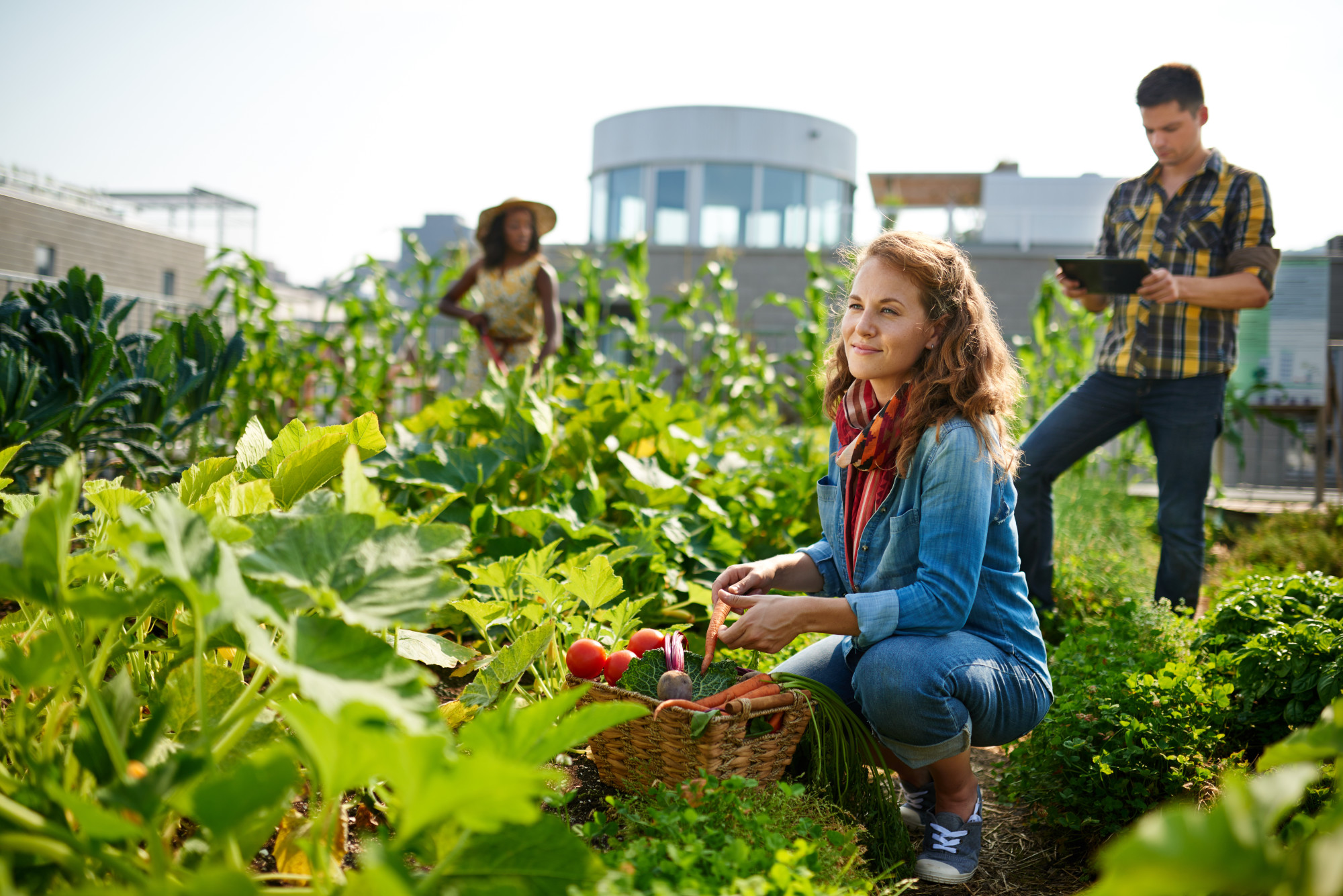According to one study, 1 in 3 Americans grows their own food.
If you are interested in joining all of these people and beginning a garden, you might be wondering what the best tips are, especially on a budget.
Thankfully, we have the best guide on how to start your first garden on a budget, so make sure you keep reading!
1. Take Cuttings
Cuttings are parts of a plant that you can use to grow other plants. Some fruits and vegetables can grow out of seeds, but other plants can grow from cuttings as well.
Normally all shrubs, vines, and perennials will be able to grow from cuttings. To grow some, you can ask your friend if they can cut a few small sticks from their plant. Once you have the cutting, pot it up and in a few weeks, you should start to see new roots growing.
2. Have a Low Maintenace Yard
Instead of putting a lot of money and energy into maintaining your yard, put it into your garden instead.
Manicured lawns aren’t sustainable for the environment, and you also have to pay for things like gas mowers, water, and synthetic fertilizers to keep them alive.
You don’t have to give up your yard completely, but you can have a low-maintenance yard. For example, you should never fertilize your yard. If you do need to mow it, try and use an electric mower.
If you want to add something special to your yard, you can also try adding some wildflowers to it and letting them grow naturally.
3. Grow in Containers
If you don’t have a lot of space for your garden, you can grow things in containers. This can be a pot that’s on your porch, a window box, a vertical garden wall, or even a plastic recycled container.
Many people use objects they found for free, like boxes or wooden pallets.
4. Make Your Own Compost
Instead of buying fertilizer that can be harmful, make your own organic compost! This is one of the best ways to help your plants grow, and you can make it on your own.
You can make it with materials like grass clippings, dry leaves, wood chips, newspaper, or kitchen scraps. Many local coffee shops will also give away old coffee grinds that you can use too.
If you don’t want to make your own compost, many municipalities will give away free compost as well.
5. Recycle As Much As Possible
Buying plants is expensive enough, so try and recycle as much as possible. You can make an in-home garden using almost any type of re-used container.
Many people might use broken concrete, old satellite dishes, or anything that they think could hold a plant. However, keep in mind that you should limit what you bring home because your yard could easily end up looking like a thrift store.
6. Go Thrifting
Speaking of thrifting, you can often find plants, tools, and pots that people just throw away.
A lot of the plants that are thrown away can be brought back to life with a little bit of extra care. You may even find old branches and tree stumps that you can use. Make sure that they aren’t showing any signs of disease and them use them and take them home.
7. Grow Organic
You can go to a plant nursery and buy all kinds of organic seeds and plants to grow. These will be better to eat for you, and you’ll save money from having to go to the grocery store.
However, for the plants and food to be truly organic, make sure that you don’t use any chemical pesticides. Instead, you can try attracting bugs that will eat the bad bugs from your plants.
If you want to get rid of weeks, try getting a goat or some other animal to help come and eat all of those for you to naturally keep your garden clean!
8. Collect Rain Water
Instead of watering your garden with your own water, use barrels to collect rainwater. However, check to make sure that it’s legal to do it in your area.
The water in the barrel will also be warmer than the tap water, which makes it less of a shock on your plants.
9. Choose Low Maintenance Plants
You might also want to choose plants that are going to be low maintenance but give you a big crop. Plants like these include squash, cucumbers, peppers, and tomatoes.
You might also want to consider growing salad greens and herbs. You can cut them whenever you need them, but they’ll still just keep growing.
You may want to talk to other gardeners to see what grows well in the area and come up with a plan for rotating crops in your area.
10. Get Creative
Having a garden on a budget means that you’ll also have a chance to be creative!
For example, you might want to consider having a garden with raised beds. This way, you can cut your costs, only focus on watering, and build your beds cheaply by using wood that you found.
Discover More Cheap Ways to Start Your First Garden
These are only a few of the cheap ways to start your first garden, but there are many more tips you can try!
We know that always trying to save money can be stressful, but we’re here to help you out!
If you enjoyed this article, make sure that you explore our website to find more articles just like this one!
